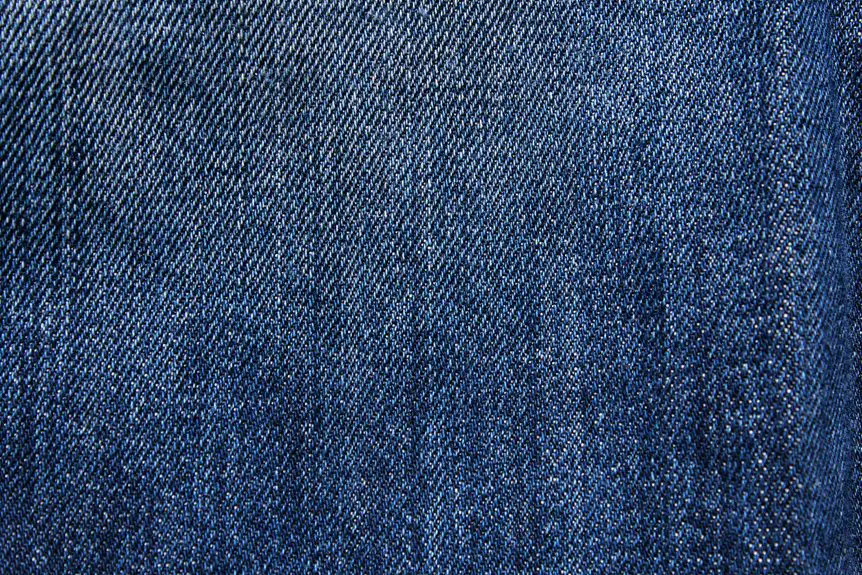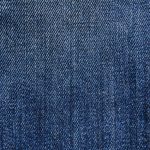You’ll find polyester and polyamide differ mainly in structure and feel. Polyester is made from ester links, resists stretching, and dries quickly but can trap heat. Polyamide, made of amide bonds, offers better elasticity and wicks moisture well, making it great for activewear. Both are durable, yet polyester’s easier to recycle, while polyamide absorbs more moisture. If you want to understand their uses, comfort levels, and environmental effects more deeply, keep exploring these fibers.
Table of Contents
Key Takeaways
- Polyester is made from terephthalic acid and ethylene glycol via condensation polymerization, while polyamide is produced from diamines and dicarboxylic acids.
- Polyester is durable, wrinkle-resistant, and sunlight-resistant, whereas polyamide offers superior elasticity, toughness, and abrasion resistance.
- Polyester feels smooth and lightweight but lacks breathability; polyamide provides better ventilation and moisture-wicking for comfort.
- Polyester is common in everyday clothing and home textiles; polyamide is preferred for performance gear and items needing strength.
- Polyester production emits more greenhouse gases but is widely recycled; polyamide uses more water and energy but biodegrades faster than polyester.
Chemical Structure and Production Process
Although both polyester and polyamide belong to the category of synthetic polymers, they differ considerably in their chemical structures and production processes.
Polyester and polyamide are both synthetic polymers but differ significantly in their chemical structures and production methods.
When you look at polyester, it’s primarily made from ester functional groups linked by a carbon chain, typically derived from terephthalic acid and ethylene glycol.
Polyamide, on the other hand, consists of repeating units linked by amide bonds, usually produced from diamines and dicarboxylic acids.
You’ll notice that producing polyester involves a condensation polymerization process where water is released as a byproduct.
Polyamide manufacturing also uses condensation polymerization but with slightly different raw materials and reaction conditions.
Understanding these structural distinctions helps you grasp why these fibers behave differently, even before you consider their physical properties or applications.
Physical Properties and Durability
Durability plays a key role when choosing between polyester and polyamide for your projects.
Polyester is known for its excellent resistance to stretching, shrinking, and wrinkling, making it strong and long-lasting. It holds up well against sunlight and abrasion, so it’s ideal for outdoor use or items that face rough wear.
Polyamide, or nylon, offers superior elasticity and toughness, which means it can stretch and recover better without losing shape. It’s also highly resistant to abrasion, making it a favorite for activewear and gear that demand flexibility and durability.
However, polyamide tends to absorb more moisture, which can affect its strength over time if not cared for properly.
Both fibers are durable, but your choice depends on the specific demands of your project.
Comfort and Moisture Management
When you wear polyester, you’ll notice it feels smooth and lightweight, but it doesn’t breathe as well as polyamide.
Polyamide, often known as nylon, offers better ventilation and wicks moisture away more efficiently, keeping you cooler and drier.
Polyamide, or nylon, enhances ventilation and moisture-wicking to keep you cool and dry.
Here’s what you should consider about comfort and moisture management:
- Breathability: Polyamide allows more air flow, reducing sweat buildup.
- Moisture Wicking: Polyamide pulls moisture from your skin faster, enhancing comfort during activity.
- Drying Time: Polyester dries quickly but may trap heat, while polyamide balances drying speed with better temperature regulation.
Choosing between them depends on how much you value breathability and moisture control in your clothing.
Common Uses and Applications
Understanding how polyester and polyamide handle comfort and moisture can help you choose the right fabric for your needs, but knowing where each material is commonly used will give you a clearer picture of their practical applications.
Polyester often shows up in everyday clothing like t-shirts, jackets, and activewear because it’s durable, wrinkle-resistant, and dries quickly. You’ll also find it in home textiles such as curtains and upholstery.
Polyamide, or nylon, excels in performance gear—think swimwear, leggings, and hiking clothes—thanks to its stretch and moisture-wicking abilities. It’s also popular in items requiring strength, like backpacks and ropes.
When picking between them, consider the activity and environment you’ll be in, so you get the best fit for your lifestyle and comfort.
Environmental Impact and Sustainability Considerations
Although both polyester and polyamide offer practical benefits, their environmental footprints differ considerably, which you should consider when choosing between them.
Polyester and polyamide both have benefits, but their environmental impacts vary significantly and deserve consideration.
Polyester, often made from petroleum, consumes significant energy and emits greenhouse gases during production. Polyamide, or nylon, also relies on fossil fuels but typically requires more water and energy to produce.
Here are three key sustainability points to keep in mind:
- Recyclability: Polyester is more widely recycled, making it a better option if you’re focused on reducing waste.
- Biodegradability: Neither fiber biodegrades quickly, but nylon tends to break down faster in the environment.
- Microplastic Pollution: Both shed microfibers during washing, polluting waterways, so choosing recycled or responsibly sourced fabrics can help minimize impact.
Understanding these factors helps you make more eco-conscious fabric choices.
Frequently Asked Questions
Can Polyester and Polyamide Be Blended in the Same Fabric?
You can blend polyester and polyamide like mixing paint colors to create a new shade. You’ll get a fabric that combines strength and flexibility, perfect for sportswear or outdoor gear, enhancing comfort and durability.
Which Fabric Is Easier to Dye or Print On?
You’ll find polyamide easier to dye or print on because it absorbs colors better and quicker. Polyester resists dyes more, so you usually need special treatments or disperse dyes to get vibrant results on it.
How Do Polyester and Polyamide React to High Heat in Washing?
Imagine you accidentally washed your workout clothes on high heat. Polyester holds up well, resisting shrinking. Polyamide, however, can weaken or shrink more easily, so you’re better off using cooler water to keep it durable and comfy.
Are There Differences in Allergy Risks Between Polyester and Polyamide?
You might notice polyester can sometimes irritate sensitive skin more than polyamide, as it traps heat and moisture. Polyamide tends to be gentler and more breathable, reducing allergy risks for most people.
Which Fabric Is More Resistant to UV Damage?
When it comes to UV resistance, polyester takes the cake. You’ll find it holds up better against sun damage compared to polyamide, so if you want your clothes to last longer outdoors, polyester’s your go-to fabric.
- Effective Methods to Get Blood Out of Corduroy Fabrics - July 5, 2025
- Can You Wear Denim With Corduroy? Style Tips and Combinations - July 5, 2025
- Stylish Outfits: What to Wear With Navy Corduroy Pants Female - July 5, 2025







